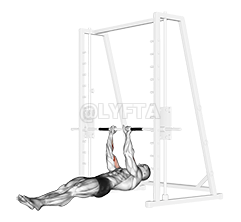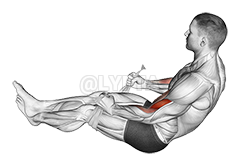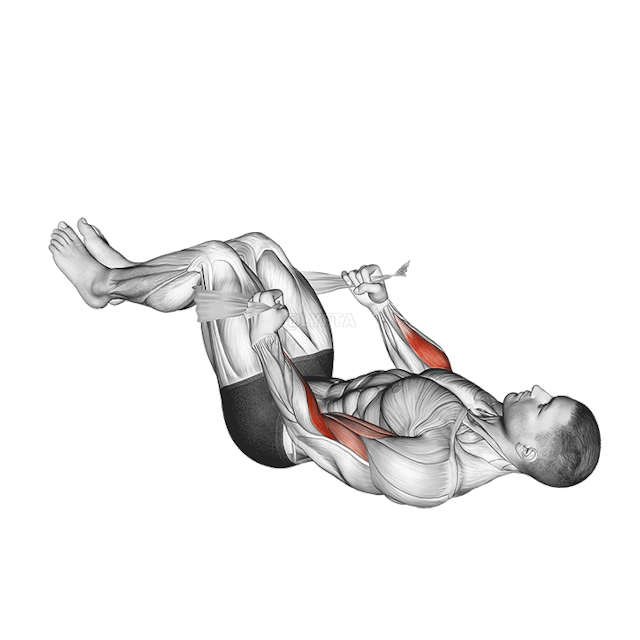
Reverse Push-up
Exercise Profile
Related Exercises:
Introduction to the Reverse Push-up
The Reverse Push-up is a challenging upper body exercise that targets the triceps, shoulders, and core, offering a comprehensive workout that helps in muscle toning and strength enhancement. It is ideal for individuals at an intermediate or advanced fitness level, looking to intensify their upper body and core workouts. Incorporating Reverse Push-ups into your routine can enhance body balance, promote better posture, and improve overall body strength, making it a desirable addition for those aiming for a well-rounded fitness regimen.
Performing the: A Step-by-Step Tutorial Reverse Push-up
- Place your palms on the floor beside your shoulders, fingers pointing towards your feet.
- Push your body upwards by straightening your arms, lifting your upper body and hips off the floor, while keeping your feet and hands firmly on the ground.
- At the top of the movement, your body should form a straight line from your head to your knees.
- Slowly lower your body back to the starting position by bending your arms, completing one rep of the reverse push-up.
Tips for Performing Reverse Push-up
- Engage Your Core: Engage your abdominal muscles before you start lifting your body. This will help stabilize your body and prevent any undue strain on your back. Remember, the reverse push-up targets your triceps, shoulders and core, so keep those areas engaged throughout the exercise.
- Correct Movement: To perform the move, bend your elbows and lower your body towards the ground until your elbows form a 90-degree angle. Then, push your body back up to the starting position. Make sure that your movement is controlled and steady. Avoid rushing through the exercise as it can lead to improper form and potential injury. Common Mistakes to Avoid:
- Overextending the
Reverse Push-up FAQs
Can beginners do the Reverse Push-up?
Yes, beginners can do the Reverse Push-up exercise, but it might be challenging because it requires a certain level of upper body strength. It's important to start with a modified version or lower repetitions if you're a beginner. Always remember to maintain proper form to avoid injury. It's also a good idea to consult with a fitness trainer or a professional to ensure you're doing the exercise correctly.
What are common variations of the Reverse Push-up?
- Decline Reverse Push-up: In this variation, your feet are elevated higher than your hands, adding more intensity to the workout and focusing more on the upper chest and shoulders.
- Reverse Push-up with a Stability Ball: Here, you perform the exercise with your hands on a stability ball, which engages your core and improves your balance and stability.
- Single Leg Reverse Push-up: This variation requires you to lift one leg off the ground while performing the exercise, which increases the intensity and engages your lower body.
- Reverse Push-up with Resistance Bands: By adding resistance bands to the exercise, you can increase the difficulty level and engage more muscle groups.
What are good complementing exercises for the Reverse Push-up?
- Inverted Rows: Similar to Reverse Push-ups, Inverted Rows strengthen the back muscles, improving posture and balance, which are crucial for performing Reverse Push-ups effectively.
- Plank: While not a direct arm workout, the Plank exercise strengthens the core and improves overall body stability, which are essential for maintaining the correct form and balance during Reverse Push-ups.
Related keywords for Reverse Push-up
- Bodyweight Reverse Push-up
- Tricep Exercises
- Upper Arm Workouts
- Bodyweight Fitness
- Reverse Push-up Exercise
- Home Workout for Arms
- Tricep Strengthening Exercises
- No Equipment Arm Workout
- Upper Body Bodyweight Exercise
- Triceps and Upper Arms Training











